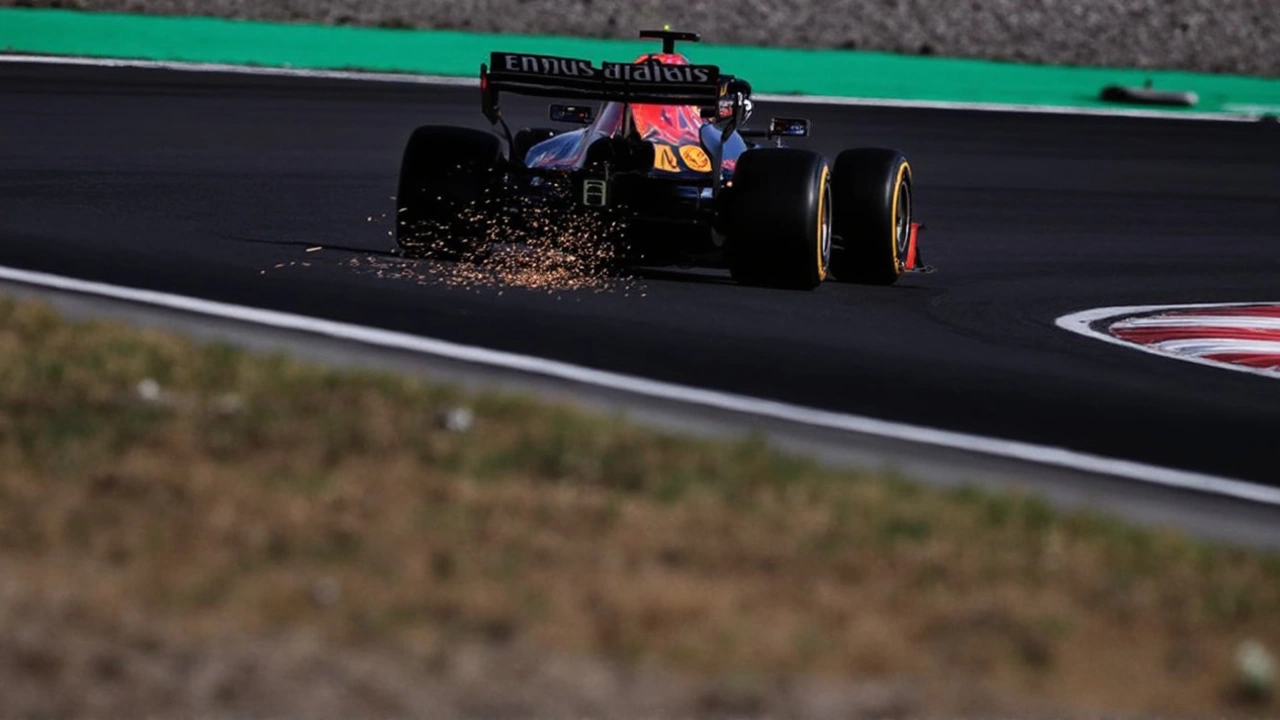The Japanese Grand Prix of 2025 has seen anything but typical race weekend chaos. A spate of track fires at the legendary Suzuka Circuit threw the event into disarray, with FIA officials scrambling for immediate solutions. These fires were sparked when Formula 1 cars whizzed over the parched grasses lining the track, a consequence of unusually dry and windy conditions. Through both Friday and Saturday, there were four instances of these accidental blazes kicking off, turning what should have been a straightforward Grand Prix weekend into a fiery situation.
On Friday, two blazes forced the interruption of the second free practice session. Things took a more tense turn when Jack Doohan's car encountered trouble at Turn 1, epitomizing the challenges of maintaining both speed and safety amid turbulence. In preparation for the event, officials tried to mitigate risks by trimming grass, stripping away dried plants, and soaking certain areas. Despite these efforts, FP3 on Saturday saw two additional fires, drastically chopping down the available time for essential qualifying rehearsals.
Responding to these ongoing issues, the FIA revamped their protocols to balance safety with race continuity. For minor fires, they opted to use Virtual Safety Car deployments to control the pace, while more severe cases would see Safety Cars hitting the tracks to bunch the field up and make firefighting easier. As a last ditch move, red flags would stop sessions completely. This setup aims to avoid snatching away more track time from the drivers while keeping risk in check. To further fortify their stance, the circuit staff cut the grass even shorter overnight and placed response teams strategically.
Williams Racing was vocal about their concern over the time lost. Team head James Vowles was upfront about the setup strategies taking a hit, underscoring the need to prioritize simulation work in light of possible future hiccups. The threat isn’t entirely over, though, with weather forecasts suggesting rain might swoop in on Sunday morning. While wetness can ease fire risks, it’s another variable teams don’t entirely welcome for their finely tuned dry-weather setups.
Now as teams charge into qualifying, they are armed with less practice data than they’d typically have. The situation serves as a live test of the safety measures the FIA enforced on the fly. Every moment on the track is under scrutiny as all involved keep close watch on the effectiveness of the newly introduced protocol, hoping no more fiery surprises throw a wrench into the works again.

Write a comment